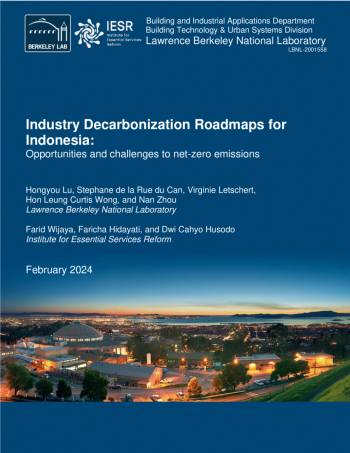Opportunities and Challenges to Net-zero Emissions
The growth in key industries poses a challenge to the achievement of the Near Zero 2060 scenario. To counter this, a comprehensive portfolio of technologies is proposed for industry decarbonization. Specific strategies for industries like iron and steel, cement, ammonia, pulp and paper, and textiles involve transitioning to cleaner processes, improving energy efficiency, and embracing renewable sources. Additionally, a decarbonized power sector is crucial for achieving near-zero CO2 emissions in the industrial realm.
To ensure a smooth transition, a multifaceted policy approach is imperative, encompassing sectoral emission targets, frameworks encouraging fuel switching and energy efficiency, market conditions for material efficiency, and investment in research and workforce preparation.
This report lays down comprehensive pathways to achieve a near-zero carbon industry, covering suitable technology and policy options for 2060 and accelerated 2050. The report is a joint study between the Institute for Essential Services Reform and the Lawrence National Berkeley Laboratory.
This report is also published on the Lawrence Berkeley National Laboratory website.
Net-zero emissions, industrial decarbonization, CO2 emissions, energy transition, energy efficiency, decarbonization technology, decarbonization policy, iron and steel industry, cement, ammonia, pulp and paper, textiles, power sector

